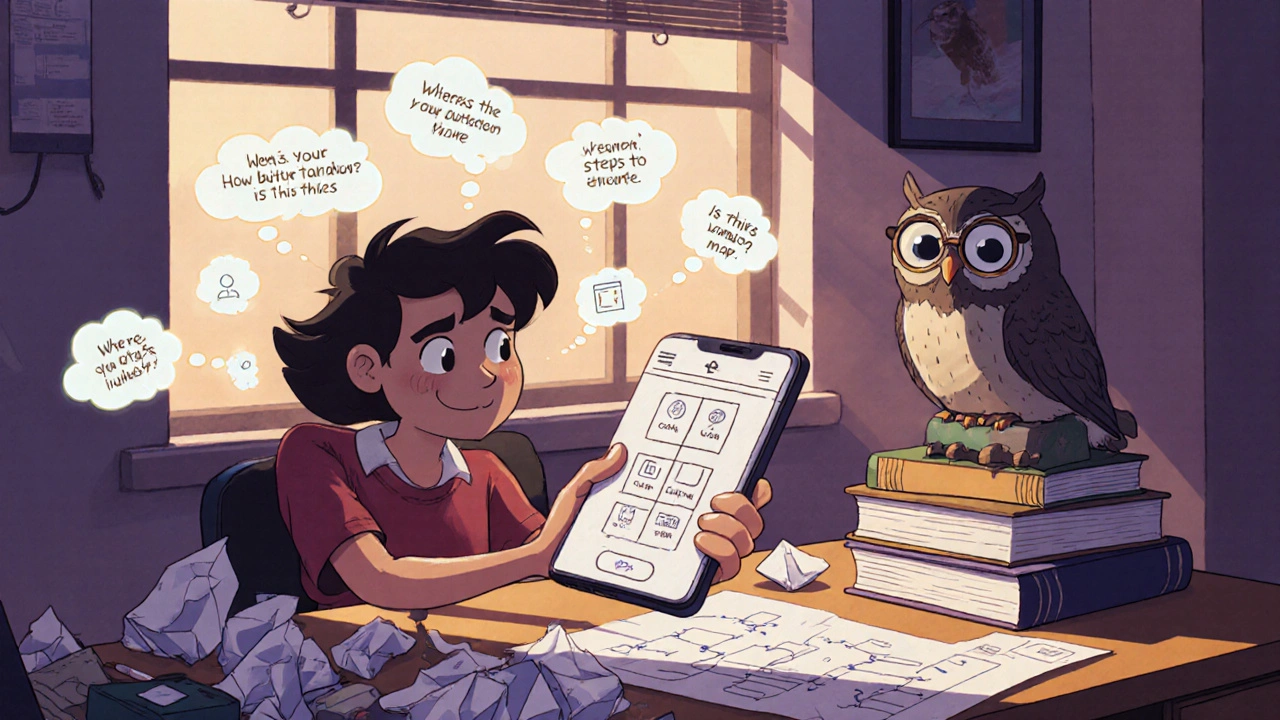Design Students: How to Build a Career in Online Learning and Course Design
When you're a design student, someone trained in visual communication, user experience, or educational structure. Also known as instructional designer, it isn't just about making things look good—it's about making learning work. Think of it like building a road, not just painting the signs. If the road is confusing, no one gets where they need to go. That’s what good course design does: it removes friction so people actually learn, remember, and use what they’ve been taught.
Most design students don’t realize how much their skills translate to online learning, the delivery of education through digital platforms. You already understand layout, flow, and how people interact with visuals. Now imagine applying that to a lesson on forex risk management or a crypto trading module. The same principles apply: chunk information, guide attention, reduce overwhelm. And it’s not just about screens—instructional design, the science of creating effective learning experiences is a full discipline. It’s about setting clear goals, building feedback loops, and knowing when to use a quiz, a video, or an interactive puzzle to lock in understanding.
What’s changing fast? gamification in learning, using game-like elements like points, badges, and challenges to boost motivation. It’s not just for kids. Adult learners in trading courses respond just as strongly to progress bars, streaks, and unlockable content. And it’s not magic—it’s psychology. You’re not just designing a course; you’re designing a habit. That’s why top platforms now hire designers who understand both aesthetics and behavior change. You don’t need to code. You don’t need to be a finance expert. You just need to know how people learn—and how to make that process feel effortless.
There’s a gap right now. Companies need people who can turn dry material into engaging experiences. You’ve spent years learning how to communicate visually. Now you can use that to help someone finally understand candlestick patterns, risk-reward ratios, or how to build a trading plan that lasts. The tools? Think Canva, Articulate, or even Notion. The skills? Storytelling, structure, empathy. The demand? Growing. Every online course platform, every corporate training team, every edtech startup is looking for someone who can make learning stick.
Below, you’ll find real guides that show exactly how this works—from building portfolios that get noticed, to using escape rooms in courses, to creating certifications employers actually trust. No fluff. No theory without practice. Just what you need to turn your design skills into a career that pays, grows, and lasts.

Prototyping and Wireframing in Design Education: What Students Need to Know
Wireframing and prototyping in design education aren't just steps in a project-they're essential tools for uncovering real user problems. Learn how to use them effectively to build interfaces that work, not just look good.